Aconcagua + Ojos Del Salado
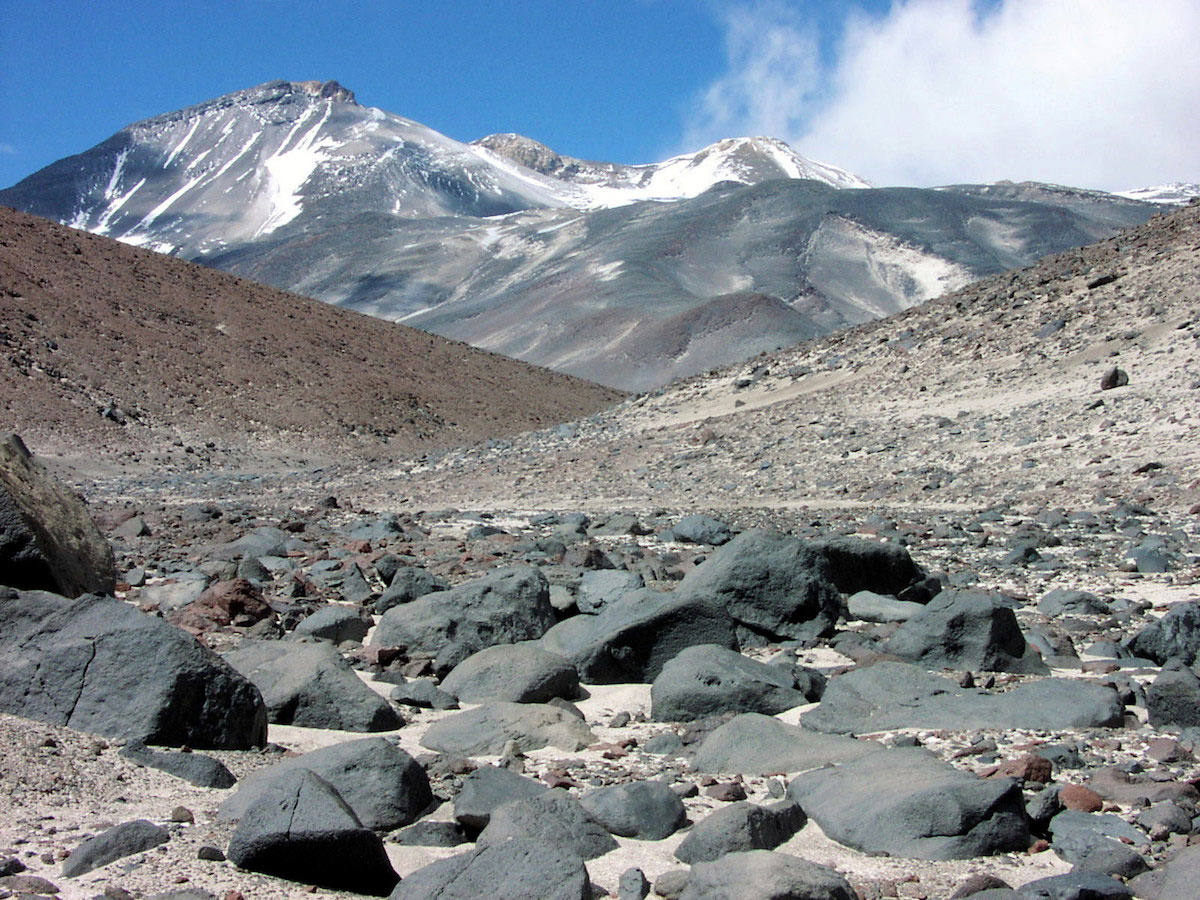
| Height (m) | 6893, 6957 |
|---|---|
| Duration | 22 days |
| Difficulty | Moderate |
In 2016/2017 season we combined expeditions so that you can acclimate by climbing Aconcagua (14 days program) and then climb the Ojos del Salado or take a full program of Ojos del Salado ascent (17 days), expanding it with “Blitz” ascent to Aconcagua.
Climbing the two highest peaks of South America: Aconcagua and Ojos del Salado. A successful logistics combination makes it possible not to spend time to acclimatize for the second mountain and get two “almost seventhousanders” in three weeks instead of one. Excellent for acclimatization to the spring eightthousander.
You may also like…
-
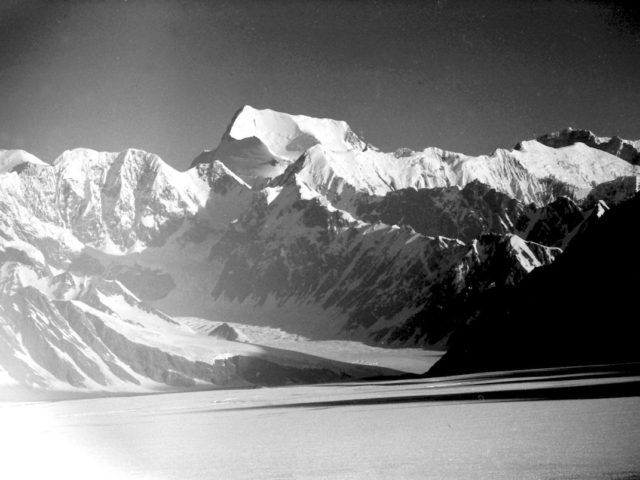
Communizma peak
Temporarily unavailable
Height (m) 7495
Duration 21 day
Difficulty Above average
-
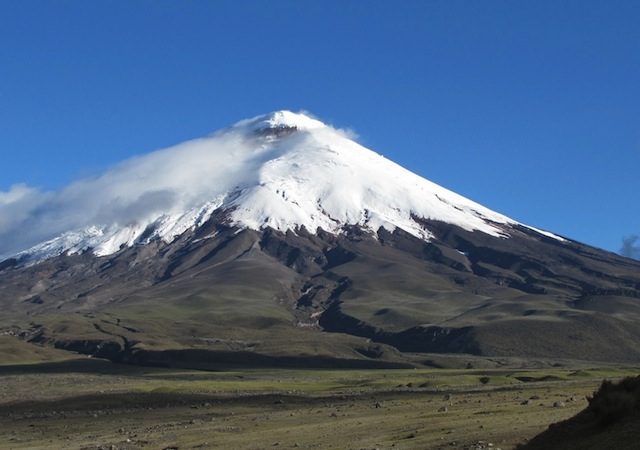
Chimborazo and Cotopaxi
Temporarily unavailable
Height (m) 5897, 6384
Duration 11 days
Difficulty Moderate
-
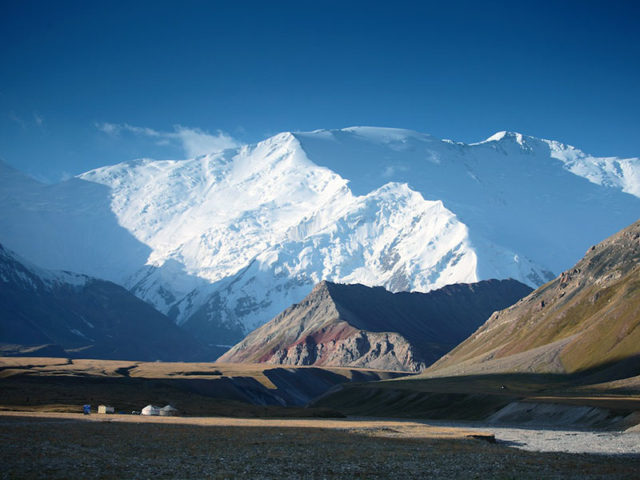
Climb Lenin peak
$1.00Height (m) 7135
Duration 20 days
Difficulty Moderate
-
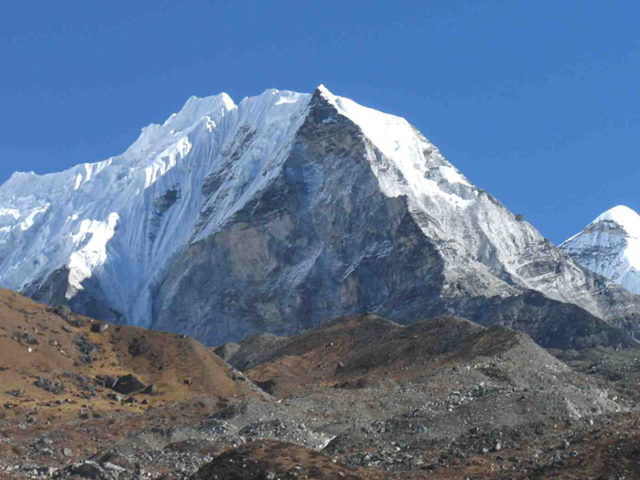
Climb Island peak
Temporarily unavailable
Height (m) 6165
Duration 19 days
Difficulty Moderate
